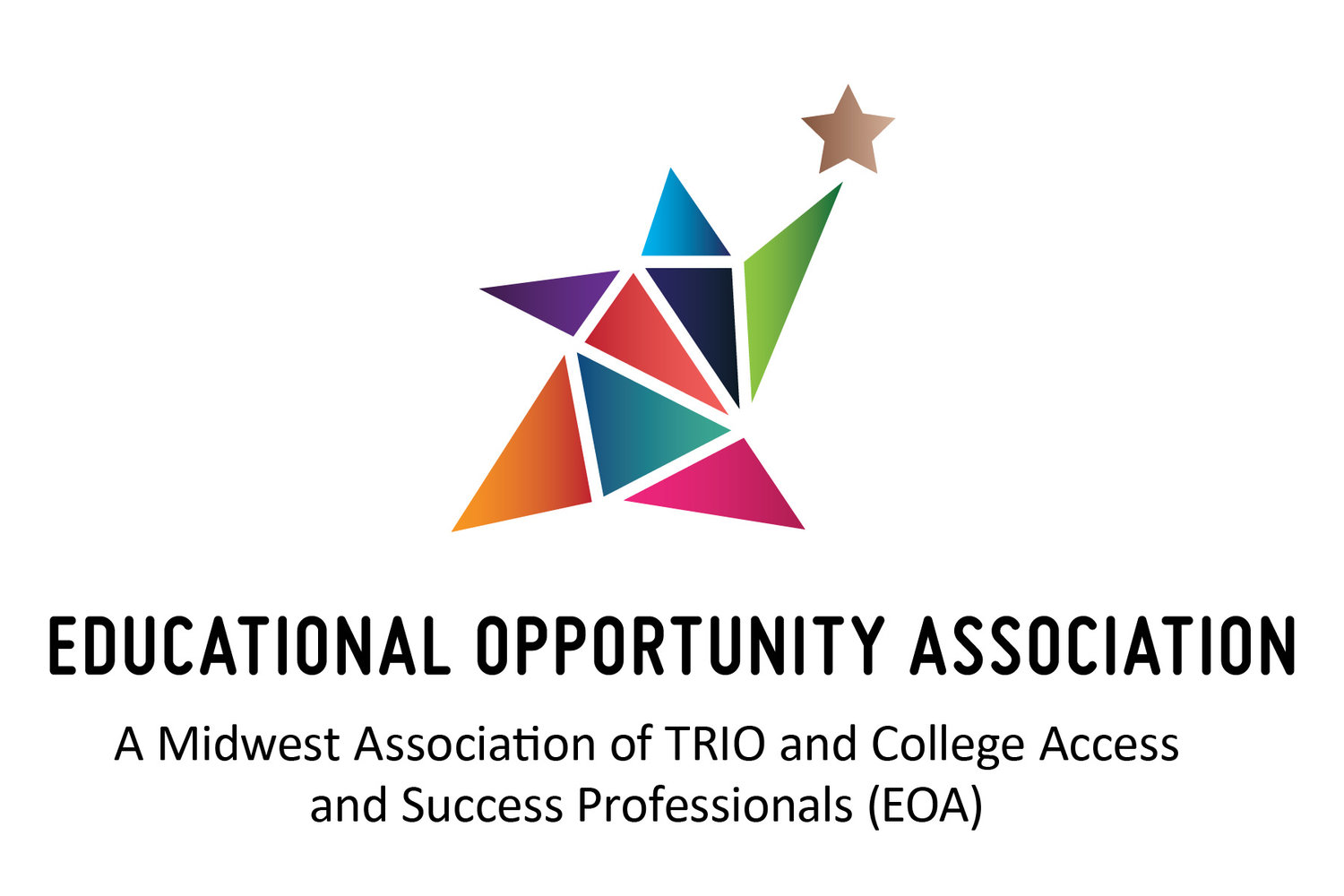College Tours and Field Trips:
Library Resources
The following items have been shared with you by GU/TRIO professionals who used them successfully in their programs. You are invited to do the same. Take five minutes to share a document that you use in your program. It could be an activity, form, or program handbook. If we all share a little, this will become a more powerful online program manual for the community. Send to edpractices@eoa.org and share the same on the national and program-specific listservs. The newest items are listed at the top.
Virtual College Campus Tours. The Princeton Review. <Click to see hundreds of available campus tours.> The table of colleges and universities with virtual alternatives to on-campus tours is sorted by state. If you don’t see your prospective school(s), check directly on school sites. Some colleges offer student-led video tours while others are self-guided.
More Virtual Educational Field Trips. <Examples of virtual tours> Curriculum sources include iTunes (NASA, TED Talks Daily, Australia Zoo), MERLOT, National U.S. Constitution Center, Smithsonian Online, and the U.S. Library of Congress.
Virtual Campus Tour, Diana Carbajal, Executive Director, Haysville GEAR UP, Wichita State University (KS). Haysville GEAR UP plans on providing Virtual Campus Tour this summer. We have created a checklist to make sure students are engaged and interested. Also included is a sample virtual tour video. <Virtual Campus Tour Checklist> <Sample Virtual Tour Video>
Virtual Educational Field Trips. Corinne Nilsen, Executive Director, Kansas Kids @ GEAR UP, Wichita State University (KS). Examples of places you can go in one week are listed below with questions for your students to find out what they learned from their travels! Oh – the places you can go are limitless!!!
<The San Diego Zoo> Check out the San Diego Zoo. Their site includes behind-the-scenes videos, stories, various printable activities, and online games. a. What can live in the water and on land, has 4000 types, and can be poisonous? b. What is a Peninsular Pronghorn and where do they live? c. Can the Dragons at the San Diego Zoo fly?
<The Seattle Aquarium> The Seattle Aquarium has a <30-minute video tour>. Learn about the animals and the food web found in Puget Sound waters. a. How many teeth does a sea urchin have? b. What does a sea cucumber do? c. A coral reef is a type of ___system.
<The Smithsonian> The National Museum of Natural History’s <virtual experiences are self-guided>, room-by-room tours of permanent, current, and past exhibits. a. Where is the world’s tallest mammal located in the museum? b. The Wulfenite crystal located in the museum came from the ____ mine in Arizona. c. What is an Entomologist?
<The Louvre Museum> Everyone wants to go to Paris! But you don’t need a passport to see at least some of the world’s most famous art museum exhibits. Check out the <current virtual tour: Egyptian Antiquities>. a. The _______Sphinx was discovered in the ruins of the Temple of Amun-Ra. It is now in entry to the Louvre Egyptian Antiquities exhibit. b. The ______River floods the Egyptian valley fertilizing the earth during rainy seasons. c. A good place to find a mummy is in a _______________.
<Mars> No, really! You can absolutely “go” to the red planet. With <Access Mars>, you can see the actual surface of Mars, recorded by NASA’s Curiosity rover. Trust us—don’t skip the intro. a. On November 26, 2011, NASA launched a rocket caring the ___________ Rover to the Planet Mars. b. It took over ____ months to reach Mars from Earth. c. The trip was 352 million miles. True or False?
